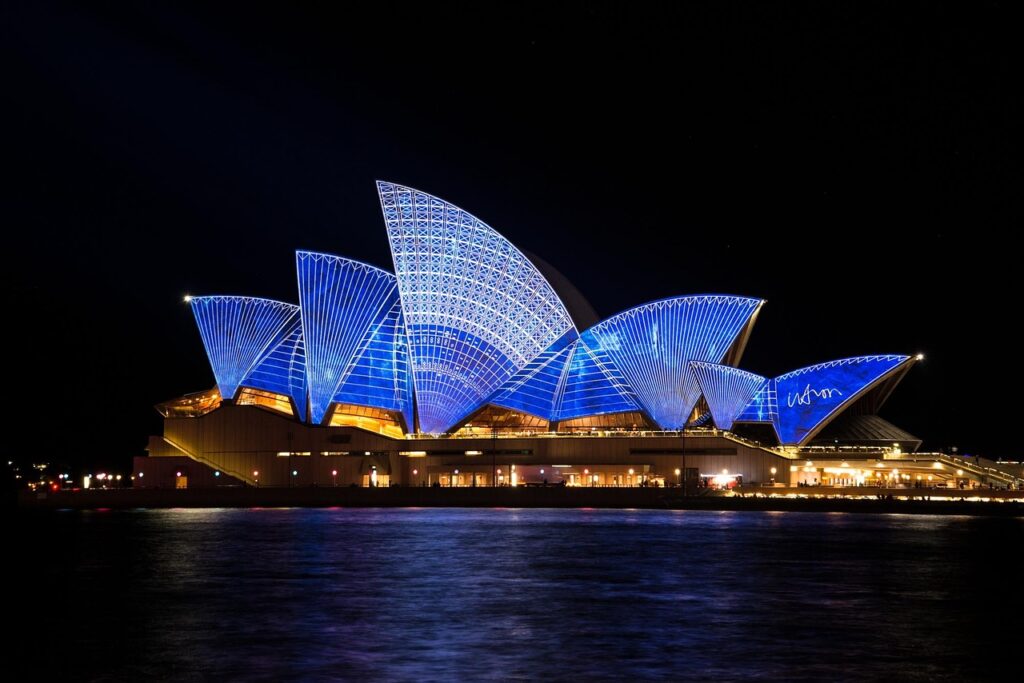Tik Tok has reawakened tourists’ centuries-long attachment to human remains. But many say the centuries-old tradition of displaying human remains in museums is deeply troubling.
A recent Tik Tok trend in Paris has caused quite a stir. Viral videos show people crawling into medieval-era underground tombs beneath the city, where the bones of nearly six million dead people are crammed floor-to-ceiling in dark tunnels.
To satisfy this craze, people enter illegally and explore the city’s nearly 300 km long remote streets with headlamps. Humans walk on floors made of bones, seem to crawl through crevices full of bones, and sometimes get lost in their efforts.
However, some Tik Tok commentators in Paris have warned of the potential dangers involved, saying that there is too much appetite for the phenomenon and that tourists passing by are looking for the remains of the long-dead. Can flirt with.
For example, more than one million tourists line up every year to visit the National Museum of Egyptian Civilization in Cairo, the capital of Egypt, and dutifully gather in the underground chamber where Ramses II (Pharaoh) and Queen Nefertiti’s mummified remains are laid open in her coffin.
Similarly, thousands of people visit the mausoleums of former Chinese Chairman Mao Zedong in Beijing, Ho Chi Minh in Hanoi and Vladimir Lenin in Moscow.
Similarly, Philadelphia’s Mutter Museum is one of the surviving medical museums of the 19th century and has attracted thousands of visitors from around the world. About 135,000 visitors come here each year and among rows of Victorian-era skulls are part of the famous scientist Albert Einstein’s brain, a tumor removed from President Grover Cleveland’s jaw, and the most amazing of an unborn child. Let’s see the remains.
The enthusiasm of the Europeans
Dr Michael Pickering, Associate Professor in the Department of Heritage and Museum Studies at the Australian National University in Canberra, said: “Western society has had a fascination with the majestic and the terrifying.
We’re so far removed from death in the first world, so people get excited about shock, which is a kind of adrenaline rush.’
On the contrary, in recent years the whole concept or idea of exposing body parts has been condemned as immoral. And perhaps that’s why the new director of the American Museum of Natural History (AMNH) in New York, Sean M.
Decatur, made a major admission of his shortcomings and announced that the last human remains would be removed from public display.
The museum admits that many of these remains belong to ‘victims of violent tragedies or representatives of groups who have been abused and exploited, and the act of public display exacerbates this exploitation.’ According to , remains obtained without consent are treated as goods, thereby desecrating them.
The removal process is now complete. Travelers or tourists walking across Central Park may no longer see the skeleton of a 1,000-year-old Mongolian warrior or a 19th-century Tibetan apron made of human bones.
While its critics argue that hiding such exhibits robs the public of valuable educational insight. But other companies, including Mutor, are feeling the pressure. Yet the question remains, can we learn from human remains, or are we merely a curious curiosity, with museums profiting from grave raiders and illegal body smugglers?
World’s first tourist destinations
Human remains have been an object of tourist interest since ancient times. Christian pilgrims in the Middle Ages, the severed head of John the Baptist (it can still be seen in the Basilica of San Silvestro in Rome at the Cape), the tongue of St. Mary of Egypt (on display in the Church of St.
Blaise in Vodnjan, Croatia is), and traveled across Europe to see the ‘sacred foreskin’, the only piece of Jesus’ flesh that remained after his ascension.
These ancient monuments helped create the world’s first tourist attractions. Body parts were also big business in those days. The Catholic Church built lavish properties and built a hospitality industry around them, and wealthy pilgrims paid large sums to see the remains up close.
In modern times, the focus shifted away from relics of priests, saints and saints to celebrities. Influenced by the Romantic movement, tourists in the early 19th century preferred ‘secular monuments’.
The body parts of people with creative intelligence (for example, the heart of the famous English poet Shelley and the eardrums of the composer Beethoven) seem to offer a visual connection to their creative abilities. Today, Galileo’s middle finger can be seen in an oval glass ball at the History of Science Museum in Florence, Italy.
My favorite celebrity artifact is Napoleon’s penis, which was allegedly severed from his body during an 1821 autopsy by an Italian doctor out of revenge. The Emperor Napoleon’s organ was purchased in 1977 by America’s top urologist John Kingsley Latimer and kept it under his bed in Englewood, New Jersey for decades.
His family only showed it to serious researchers, and about a decade or so ago I had the privilege.
The nineteenth century saw an even more terrifying change when, in the name of science, museums in Europe and America were justified in collecting and exhibiting corpses from around the world, and especially in the world around them. Remains of local people were recovered from Daraz Corner.
Spend lavishly on archeological acquisitions
In the Victorian era, national institutions spent large sums of money on archaeological expeditions to loot historic burial sites in the deserts of China, the snowy wastes of Alaska, and the mountains of Peru.
The field of anthropology crossed all boundaries and sent teams from Texas to Tasmania to retrieve the skeletal remains of dead natives, robbing bones from graves or massacre sites, or retrieving them. Bought from nomadic professional ‘bone gatherers’.
Its main purpose was to promote the strange ‘pseudoscience’ known as phrenology. It was argued that from the study of bones, especially skulls, genetic traits ranging from intelligence to industriousness could be understood.
After the publication of The Origin of the Species in 1859, Charles Darwin’s misguided followers used phrenology to prove that indigenous peoples were evolutionarily inferior to the Anglo-Saxons, thereby justifying their imperial conquest. gone
Museum curators in the Western world wanted to display a complete collection of ‘ethnic types’, and local skeletons began to be traded around the world like baseball cards.
It seemed that every curator wanted skulls from the Sioux from the Dakotas, the Hariro from Namibia, and the people from the Hokkaido island of Japan.
Why is the display of human remains controversial?
Not that everyone in the West considered male exposure morally permissible. Even some Victorians were uncomfortable with the parade of horsemen flocking to view Egypt’s embalmed corpses (mummies), and Egyptologists were considered by some to be a step above grave robbers.
But recently in the museum world there has been a broader shift in debates about the ethics of exhuming, studying and displaying human remains. Revisions to the ethics of museums have been led by indigenous groups, who have demanded that the remains of their ancestors be removed from museum displays and returned to their descendants.
Native American activists in the U.S. have been pushing museums to take such steps for decades.
“Why do scientists, archaeologists and anthropologists have the right to go into a cemetery and take whatever they want,” says Hillary Kempenich, artist and museology scholar, a member of the Turtle Mountain Anishinaabe in North Dakota.
Go? ‘As an archeology student for 10 years, Kempenich learned that the remains of members of his tribe are still kept in boxes at the University of North Dakota in North Fork.
“They are terrorized,” he said, because such exposure is a spiritual violation for Native Americans. “People may not be here to use their bodies anymore, but we should still respect them.”
Many museums are removing their displays of indigenous body parts from here. These include the Smithsonian Museum in Washington DC, the Hume Carnegie Museum in Chicago, the Pitt Rivers Museum in Oxford, the Manchester Museum and the South Australian Museum in Adelaide.
Pickering, who has worked as a curator at the Australian National Museum in Canberra for more than two decades, said: ‘It’s an attempt to come to terms with our colonial past. If our remains are important, so are others. There are no first and second level human remains.


